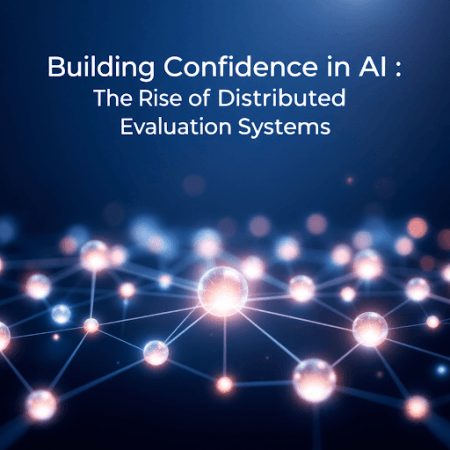
As large language models (LLMs) increasingly power mission-critical systems across enterprises, ensuring their consistent quality and reliability has become a high-stakes challenge. In his recent technical analysis, Gaurav Bansal a researcher deeply engaged in AI architecture delves into the heart of this problem: how distributed evaluation systems are redefining how we measure and maintain the performance of LLMs at scale. With a background in AI infrastructure and deployment, He brings critical insights into what enterprises need to safeguard the utility and trustworthiness of these powerful tools.
The Need for Distributed Oversight
With enterprises now deploying LLMs across global operations and processing millions of inference requests daily, traditional quality assurance methods fall short. Static accuracy tests are no longer sufficient. The complexity of model interactions ranging from customer service conversations to content generation demands ongoing, multidimensional assessments that can keep pace with real-time deployments.
Modern evaluation frameworks emphasize dynamic performance monitoring and operational resilience. By integrating comprehensive testing into live systems, organizations can detect and resolve issues before they escalate into larger operational risks. These systems no longer merely validate correctness they ensure contextual appropriateness, tone, reasoning coherence, and even ethical safety.
Architecture Built for Scale
These systems use a hub-and-spoke architecture with modular, decentralized nodes evaluating different quality aspects. Each node operates independently but feeds into a central dashboard for unified monitoring. This scalable, flexible setup powered by containerized microservices supports efficient, large-scale evaluation across diverse applications.
Multi-Dimensional Evaluation: Beyond Accuracy
He emphasizes a shift from single-metric testing to multidimensional model evaluation, incorporating criteria like reasoning, clarity, and safety. Enterprises use automated pipelines and real-world data to test models under varied conditions. Crucially, human expert feedback complements automated results, improving evaluation accuracy and real-world relevance.
Application Across Business Functions
Distributed evaluation frameworks empower diverse enterprise functions. In customer engagement, real-time sentiment analysis and conversation flow checks ensure service quality and brand consistency. These systems can automatically flag tone mismatches or unresolved queries, prompting timely human intervention.
In content operations, evaluations focus on stylistic consistency, factual accuracy, and alignment with organizational knowledge bases. Multi-stage verification processes help filter out content that deviates from approved guidelines or introduces misinformation.
For decision support tools, specialized modules assess logical coherence, domain-specific reasoning, and explainability. With AI increasingly assisting in regulated industries, such transparency and traceability are vital for both internal auditing and external compliance.
Tackling Persistent Challenges
LLM evaluation faces challenges like defining objective ground truths for subjective tasks. To tackle this, organizations use collaborative annotation to build consensus benchmarks. Additionally, high computational costs are mitigated by risk-based sampling and simulation-based methods, enabling efficient, insightful evaluations.
Looking Ahead: Simulation, Integration, and Governance
The future of LLM evaluation lies in simulation-driven methodologies. Sophisticated agent-based testing environments are poised to replicate real-world user journeys, enabling more thorough assessments of model behavior over time and across complex workflows.
Moreover, as development workflows become more agile, evaluation frameworks are increasingly being embedded directly into CI/CD pipelines. This allows enterprises to implement automated quality gates, ensuring only robust models make it to production.
With the regulatory landscape evolving, compliance is also taking center stage. Evaluation frameworks now integrate audit logging and fairness assessment modules, helping organizations meet legal obligations while fostering ethical AI use.
In conclusion, Gaurav Bansal's exploration of distributed evaluation frameworks offers a roadmap for enterprises seeking to deploy LLMs responsibly and effectively. These systems are more than quality assurance mechanisms they are foundational to the future of scalable, trustworthy AI. By embracing dynamic, architecture-aware, and context-rich evaluation methodologies, enterprises can not only mitigate risks but also unlock new avenues for innovation. In a world increasingly shaped by intelligent systems, the rigor and adaptability of evaluation frameworks will define the boundaries of responsible AI adoption and his work brings that future into focus.














